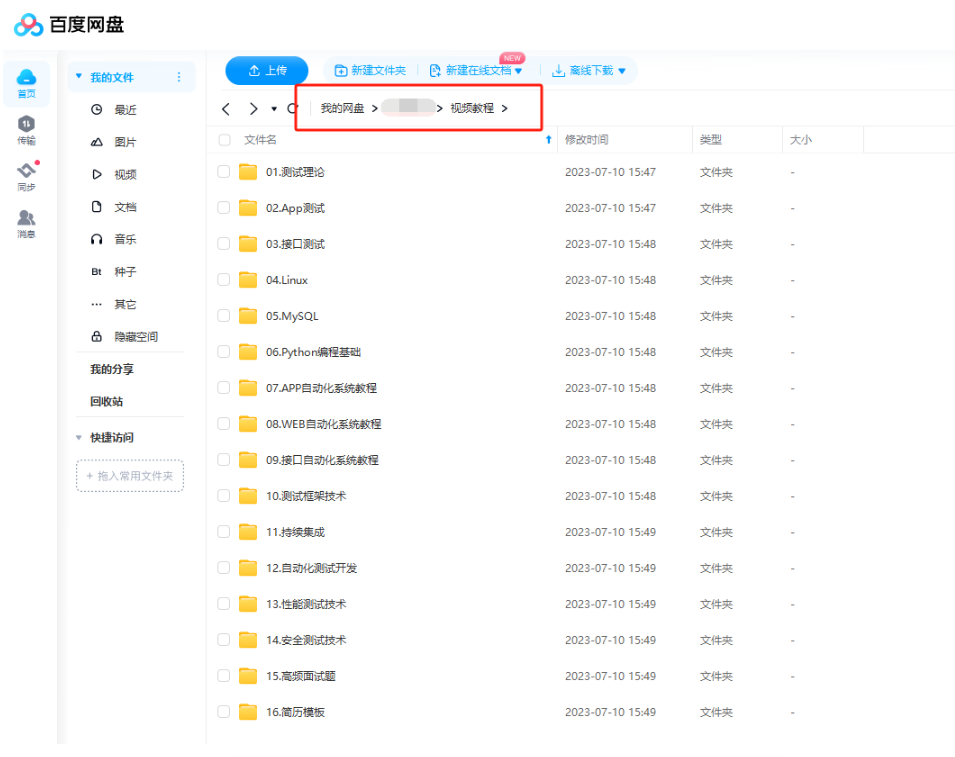前言:
我们在做自动化测试的时候,大家都是希望自己写的代码越简洁越好,代码重复量越少越好。那么,我们可以考虑将request的请求类型(如:Get、Post、Delect请求)都封装起来。这样,我们在编写用例的时候就可以直接进行请求了。
1. 源码分析
我们先来看一下Get、Post、Delect等请求的源码,看一下它们都有什么特点。
(1)Get请求源码
| 1 2 3 4 5 6 7 8 9 |
|
(2)Post请求源码
| 1 2 3 4 5 6 7 8 9 10 |
|
(3)Delect请求源码
| 1 2 3 4 5 6 7 |
|
(4)分析结果
我们发现,不管是Get请求、还是Post请求或者是Delect请求,它们到最后返回的都是request函数。那么,我们再去看一看request函数的源码。
| 1 2 3 4 5 6 7 8 9 10 11 12 13 14 15 16 17 18 19 20 21 22 23 24 25 26 27 28 29 30 31 32 33 34 35 36 37 38 39 40 41 42 43 44 45 46 47 48 49 50 51 52 53 54 55 56 57 58 59 60 61 62 63 64 65 66 |
|
从request源码可以看出,它先创建一个Request,然后将传过来的所有参数放在里面,再接着调用self.send(),并将Request传过去。这里我们将不在分析后面的send等方法的源码了,有兴趣的同学可以自行了解。
分析完源码之后发现,我们可以不需要单独在一个类中去定义Get、Post等其他方法,然后在单独调用request。其实,我们直接调用request即可。
2. requests请求封装
代码示例:
| 1 2 3 4 5 6 7 8 9 10 11 12 13 14 15 16 17 18 19 20 21 22 23 24 25 26 27 28 29 30 31 32 33 34 35 36 37 38 39 40 41 42 43 44 45 46 47 48 |
|
注 :如果你调的接口不需要SSL认证,可将cert与verify两个参数去掉。
3. 总结
本文简单的介绍了Python接口自动化之request请求封装
现在我也找了很多测试的朋友,做了一个分享技术的交流群,共享了很多我们收集的技术文档和视频教程。
如果你不想再体验自学时找不到资源,没人解答问题,坚持几天便放弃的感受
qq群号:485187702【暗号:csdn11】
可以加入我们一起交流。而且还有很多在自动化,性能,安全,测试开发等等方面有一定建树的技术大牛
分享他们的经验,还会分享很多直播讲座和技术沙龙
可以免费学习!划重点!开源的!!!
视频+文档+PDF+面试题可以关注公众号:【软件测试小dao】最后感谢每一个认真阅读我文章的人,看着粉丝一路的上涨和关注,礼尚往来总是要有的,虽然不是什么很值钱的东西,如果你用得到的话可以直接拿走! 希望能帮助到你!【100%无套路免费领取】
























 1050
1050

 被折叠的 条评论
为什么被折叠?
被折叠的 条评论
为什么被折叠?










